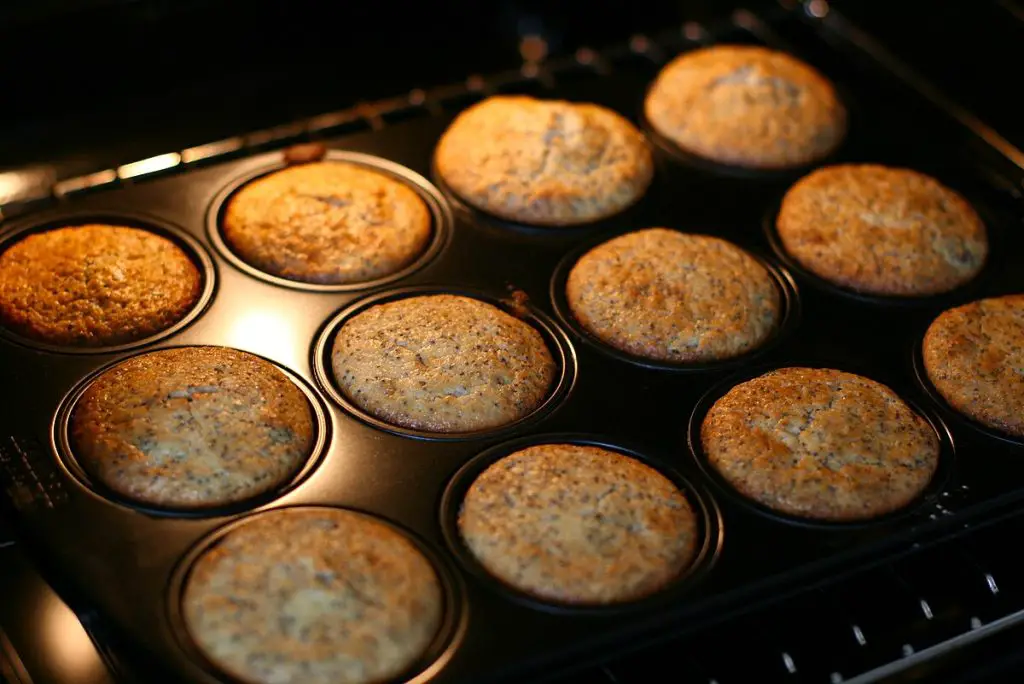If you’ve been asking yourself, “are convection ovens good for baking?”, you’re not alone. This guide will provide the answer to that very question, breaking down the pros and cons before guiding you through how to use a convection oven effectively for baking.

Table of Contents
Are Convection Ovens Good for Baking?
The straightforward answer is yes, but with some caveats. Convection ovens are generally excellent for baked goods that require even browning, crisping, and quick cooking times, like cookies, pastries, and roasts. However, they may not be suitable for more delicate recipes that require stable humidity and temperature, such as custards or soufflés.
The Pros and Cons of Using a Convection Oven for Baking
Pros:
Faster Cooking: One of the primary advantages of a convection oven is its ability to cook food more quickly. The built-in fan circulates hot air throughout the oven, eliminating the cool air pockets that can slow down cooking. This means your cookies, roasts, and bread can be ready in a fraction of the time they would take in a traditional oven.
Even Browning: A convection oven excels in delivering that perfectly browned, crispy exterior that many baked items need. The fan ensures that hot air is evenly distributed, which means you’re less likely to see one side of your cookies or pastries browner than the other. For bread bakers, this feature is particularly beneficial as it ensures a uniform crust.
Energy Efficiency: Because food cooks faster in a convection oven, you’ll likely find that you can turn the oven off sooner than you would with a conventional oven. This can translate into energy savings over time, which is not only good for your wallet but also for the environment.
Cons:
Not Suitable for All Baked Goods: While the fan helps in many scenarios, it can be a disadvantage for more delicate baked goods. For instance, recipes that rely on steady, moist heat, like custards or some soufflés, can end up drying out or cooking unevenly due to the fan’s airflow. Therefore, you’ll need to know when to use the convection setting and when not to.
Learning Curve: Convection ovens require some getting used to, particularly when you’re adapting recipes designed for traditional ovens. You’ll often need to adjust the temperature down by about 25°F and keep a watchful eye to prevent overcooking. Mastering a convection oven may require some trial and error, which can be frustrating if you’re new to this style of baking.
Initial Cost: Generally, convection ovens are more expensive upfront compared to their traditional counterparts. While you may recoup some of this investment through faster cooking times and energy efficiency, the initial price tag can be a hurdle for some people.
Read more convection oven topics here – Convection Oven: Your Ultimate Guide
How to Use a Convection Oven for Baking
Preheating the Oven
Before you place any food inside, it’s imperative to preheat your convection oven. Utilize the ‘Preheat’ function if your model has one; otherwise, manually set the oven to the temperature specified in your recipe. Most convection ovens will signal or beep when they’ve reached the desired temperature.
It’s crucial to wait for this signal because starting with a preheated oven ensures that your cooking times will be more accurate and your results more consistent.
Temperature Adjustments
When you’re transitioning from a traditional oven to a convection oven, you’ll often need to adjust your cooking temperature. A good rule of thumb is to lower the temperature by about 25°F. Why? The fan in a convection oven circulates hot air, making it more efficient at transferring heat to your food. Failing to adjust the temperature could result in overcooked or dried-out dishes.
Tray Placement
The position of your baking tray can significantly impact the outcome of your dish. Ideally, you should place it in the center of the oven. This ensures that hot air circulates evenly around your food, promoting uniform cooking and browning. Be mindful of overcrowding your oven with multiple trays, as this can impede airflow and lead to uneven baking.
Monitoring Time
Last but not least, be vigilant about checking your food as it bakes. Because convection ovens are more efficient, they often require less time to cook food thoroughly. This is especially true for baked goods that can go from perfect to ruined in a matter of minutes.
Utilize tests like the toothpick method, where you insert a toothpick into the center of cakes or muffins. If it comes out clean or with just a few crumbs, your baked goods are done.
Conclusion: Are Convection Ovens Good for Baking?
In summary, convection ovens can be great for many types of baking, but they’re not a one-size-fits-all solution. Understanding their strengths and limitations will help you decide when to use them for your baking needs.
